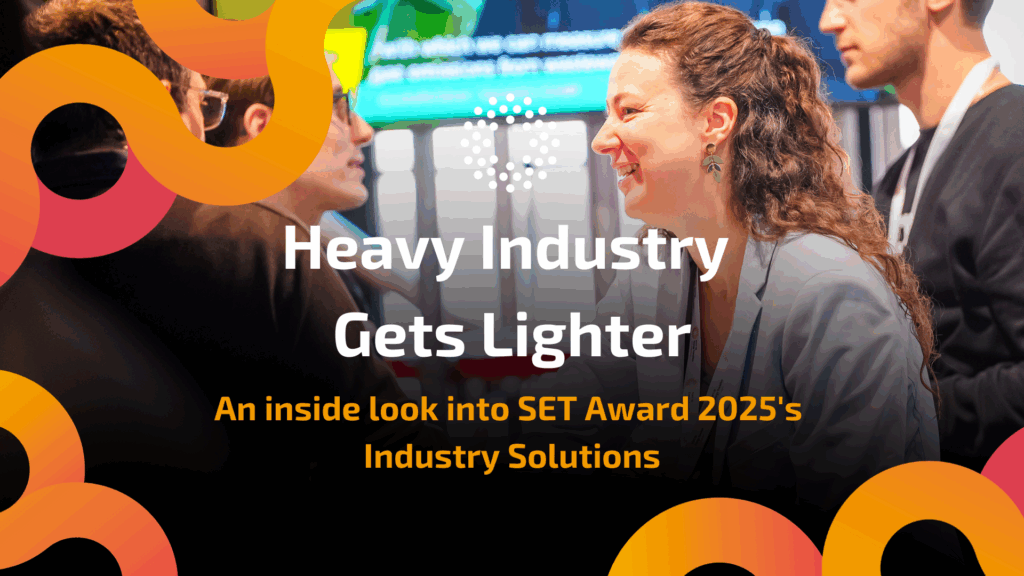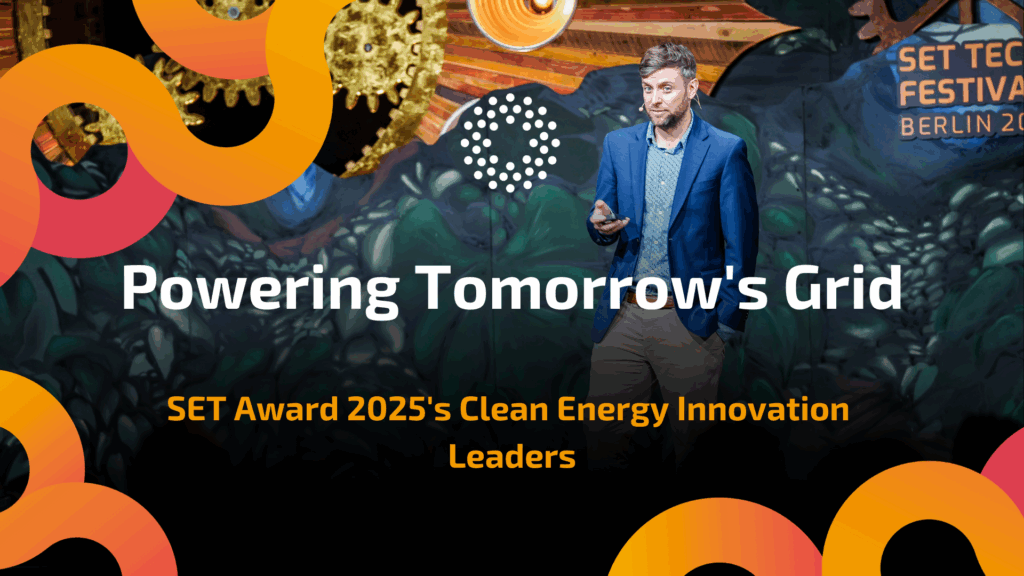Finalist of the Future Production and Manufacturing category, CAALA allows architects to calculate and compare in seconds millions of building variants with regards to energy demand, CO2-emissions, investment and operational costs. Their SaaS assists users in optimizing buildings in the early development phases by providing life cycle assessments on design variants considering all design parameters. With CAALA, the environmental footprint can be lowered (> 40% less CO2-emissions) and the value of the building project increased (>30% less life-cycle costs). Find out more about this inspiring start-up here: www.caala.de
Tell us the story behind your project/company?
A couple of years ago Alexander, co-founder of CAALA, developed a methodology called Parametric Life-cycle Assessment (PLCA) as part of his PhD. Together with his brother Philipp and Sebastian, friend and former fellow student, Alex decided to bring the software to market. With the 4th co-founder Milen onboard they combine the skills required to develop the CAALA software build on the innovative PLCA methodology.
What makes you passionate about your project?
The construction sector is the largest industry and emits 1/3 of global GHG emission. Thus, it plays an important role in combating climate change. Due to its low level of digitalization, there is a high potential to increase the efficiency in the industry by digitizing energy consulting and providing building planners with information regarding the holistic energy performance of buildings in the early planning phase. In this way, we at CAALA can reduce GHG-emissions in the construction industry by 40% and substantially contribute to reaching the EU climate goals.
What in the energy, sustainability, and start-up world keeps you up at night?
We are already seeing the consequences of climate change. According to experts, if the latest emission reduction policies are implemented, we will still reach a 2,7° Celsius temperature increase. This will lead to substantially higher sea levels and hence change our world drastically. What keeps us up at night is finding ways on how we can have a scalable impact on improving this situation and transform.
Tell us what happened after your project/company was selected to be a finalist at SET2017.
We got in touch with very relevant stakeholders in our industry (architects, investors, policy makers) in order to exchange ideas and experiences and together push for a more sustainable construction industry.
What stands out for you when you remember SET2017?
The hype and the conviction about enabling the energy transition on the innovators side! And also the skepticism from policymakers as we saw at the “Berlin Energy Transition Dialogue 2017”.
Has SET17 supported your project and/or company, and how?
dena has opened their network to us and thereby supports us in connecting with further key stakeholders as well as fellow innovators.


